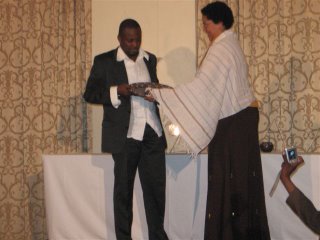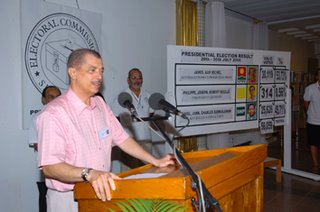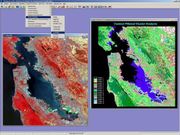
African francophone countries have been motioned to integrate information and communication technologies (ICTs) in their educational systems to move the continent forward.
The recent Summit of the Francophone organisation held in Bucharest, warned member states that poor ICT infrastructure will widen the digital divide and aggravate their marginalisation.
The summit held under the theme: information and communication technologies in education, was aimed at looking at how impoverished countries can employ ICTs in tackling factors hindering their progress.
Being one of the eight head of states to address the XI summit, the Seychelles’ President, James Michel said: “Promoting the use of ICTs in education could be a way out of the predicaments facing Africa, by re-enforcing its capacity which is central to its strategic development.”
Mr Michel pondered on the summit’s theme by sharing the experience of Seychelles.
“Being isolated from the rest of the world, with very limited natural resources, 65% of the population being young people and having no universities, Seychelles has to rely heavily on ICTs to handle the pace of globalisation,” said President Michel.
The summit called for the creation of a Francophone society of knowledge, urging member states to employ ICT as a tool of learning in primary and secondary schools, to boost capacity building.
Another resolution called for a pledge to fight digital inequalities, improve basic infrastructures and increase Internet Access.
President Michel summed up that ICT also serve as a vehicle to uphold democracy, by enhancing freedom of expression, human rights, good governance and the rule of law, all of which are ideals promoted by the Francophone organization.
The next summit, scheduled for October 2008, will be held in Quebec City, Canada.


















